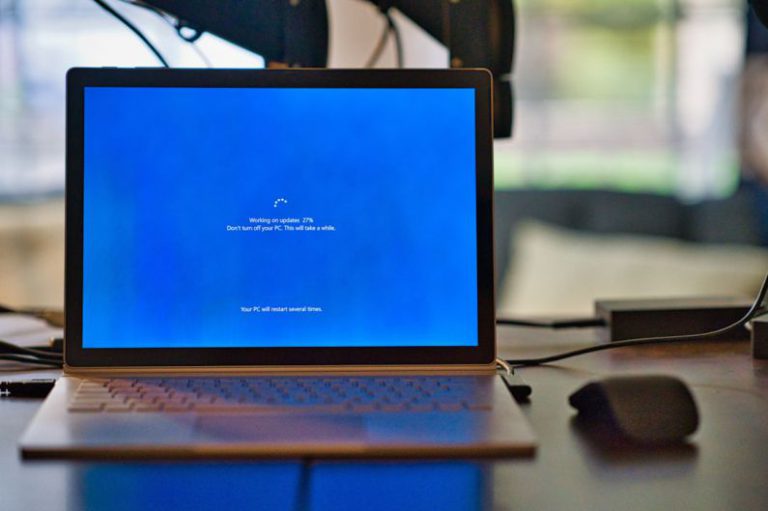What Is the Best Approach to Overclocking for Beginners?
Embarking on the journey of overclocking can be an exciting and rewarding experience for beginners looking to push the performance limits of their hardware. Overclocking, the process of increasing a component’s clock rate to achieve higher speeds, can lead to improved system performance and faster processing times. However, for novices in the realm of overclocking, it can be a daunting task filled with uncertainties. To help beginners navigate this process effectively, it is crucial to adopt the best approach that balances performance gains with system stability and longevity.
Understanding the Basics of Overclocking
Before delving into the intricacies of overclocking, beginners must first grasp the fundamental concepts underlying this practice. Overclocking involves adjusting the clock speed of a component, such as a CPU or GPU, to run at a higher frequency than its default settings. By doing so, users can potentially achieve better performance without having to invest in expensive hardware upgrades.
Selecting the Right Hardware
One of the critical aspects of overclocking is ensuring that you have the appropriate hardware to support this endeavor. Not all components are created equal, and some processors or graphics cards may be more conducive to overclocking than others. When selecting hardware for overclocking, it is essential to choose components known for their overclocking capabilities, such as unlocked CPUs or GPUs with robust cooling solutions.
Understanding the Risks Involved
While overclocking can yield significant performance improvements, it also comes with inherent risks that beginners should be aware of. Overclocking can increase power consumption, generate excess heat, and potentially shorten the lifespan of components if not done correctly. It is crucial for beginners to understand these risks and take necessary precautions to mitigate them, such as monitoring temperatures and ensuring adequate cooling.
Stress Testing and Monitoring
To determine the stability of an overclocked system, beginners must conduct rigorous stress testing to ensure that the hardware can handle the increased clock speeds under heavy workloads. Tools such as Prime95 for CPUs and FurMark for GPUs can help assess system stability and identify any potential issues that may arise during overclocking. Additionally, monitoring software such as HWMonitor can track temperature fluctuations and voltage levels to prevent overheating and system instability.
Incremental Adjustments and Patience
When overclocking for the first time, beginners should adopt a cautious approach by making incremental adjustments to clock speeds and voltages. It is essential to proceed gradually and test the system’s stability after each adjustment to avoid pushing the hardware beyond its limits. Patience is key when overclocking, as finding the optimal settings may require multiple iterations and tweaks to achieve the desired performance gains without compromising system reliability.
Seeking Guidance and Resources
For beginners looking to delve into the world of overclocking, seeking guidance from experienced enthusiasts and utilizing online resources can be invaluable. Online forums, tutorials, and overclocking communities provide a wealth of information and tips to help novices navigate the complexities of overclocking effectively. Engaging with the overclocking community can also offer support and guidance to beginners as they embark on their overclocking journey.
Conclusion
In conclusion, the best approach to overclocking for beginners involves understanding the basics, selecting the right hardware, managing risks, conducting stress testing, making incremental adjustments, and seeking guidance from experienced enthusiasts. By following these steps and exercising caution throughout the overclocking process, beginners can unlock the full potential of their hardware while maintaining system stability and longevity. Overclocking is a rewarding endeavor that can enhance system performance and provide a sense of accomplishment for those willing to explore the possibilities of pushing their hardware to its limits.






